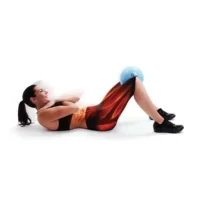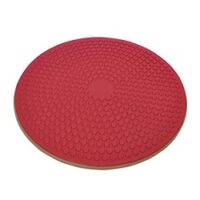Prehabilitation
Article by Zoe Russell
Prehabilitation: Your Pathway to Injury-Free Sports
Introduction to Prehabilitation
In the dynamic world of sports, physiotherapists have pioneered an innovative approach to injury prevention known as “prehabilitation.” This proactive strategy involves a preventive injury risk assessment and training, aiming to address potential issues before they manifest.
The Three Phases of Prehabilitation
Prehabilitation is grounded in a three-phase process:
- Posture and Movement Analysis: This involves assessing an uninjured athlete’s posture, joint alignment, flexibility, muscle control, biomechanics, core stability, and movement patterns.
- Sport-Specific Risks Assessment: Understanding the inherent risks associated with the sport itself is crucial.
- Player Position Consideration: Tailoring strategies to the player’s specific role within the sport.
By following these steps, a sports physiotherapist can accurately predict injury risks and develop tailored training programs to mitigate common overuse and sports injuries.
Explore the Effectiveness of Prehabilitation in Sports
The Best Exercises for Prehabilitation
The essence of prehabilitation lies in its sport and athlete specificity. It emphasises the predominant muscle movement patterns unique to the athlete’s position in their sport. For example, the physical demands on a goalkeeper differ significantly from those on a field player.
The Benefits of Prehabilitation
Engaging in prehabilitation offers numerous benefits:
- Achieving balanced static and dynamic posture
- Correcting muscle length imbalances and joint misalignments
- Normalising core stability across various regions
- Enhancing muscle endurance, strength, and power
- Improving movement pattern efficiency
- Boosting proprioception – your body’s ability to sense joint positioning
Each sport, and positions within these sports, such as a defender or attacker, requires a bespoke prehabilitation approach.
Seeking Professional Advice
For individuals, teams, or clubs interested in sports screening or prehabilitation programs, consulting with a sports physiotherapist is invaluable. These programs lead to enhanced performance and reduced injury rates. Services like club, school, team, and individual pre-injury screening, alongside injury risk profiling and prevention strategies, are available at PhysioWorks.
Conclusion: Empowering Athletes with Prehabilitation
Prehabilitation represents a significant shift in sports medicine, moving from reactive to proactive injury management. By incorporating these strategies, athletes can enjoy a safer, more effective sporting experience.
What to Do Next?
If prehabilitation interests you, consider contacting a qualified sports physiotherapist. They can offer personalised advice and programs tailored to your specific needs and sport. For more information and related articles, visit PhysioWorks.
Rochedale - Call 38410277
Book Online: RochedaleSalisbury - Call 32751044
Book Online: SalisburySandgate - Call 32691122
Book Online: Sandgate[/vc_column_text][/vc_column][/vc_row]






















































